Classification of Costa Rican coffee beans A brief introduction to the origin of Costa Rican coffee beans
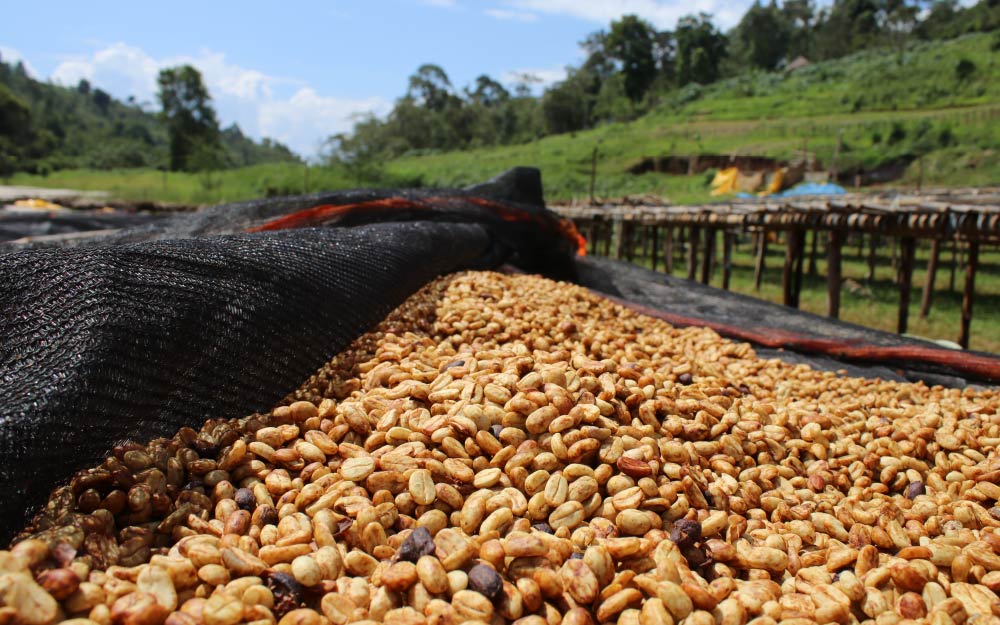
I believe that friends who like to drink honey to handle coffee must have heard of Costa Rica, which has been producing high-quality high-score coffee beans in recent years. On the front street below, I would like to introduce the characteristics of coffee in Costa Rica.
Coffee producing areas in Costa Rica
Costa Rica is located in Central and South America, connected to Panama, where Rose Summer became famous, and influenced by ocean currents and monsoons in the Pacific and Atlantic oceans, Costa Rica forms an excellent microclimate, combined with various topographic features, making it the perfect producing area for coffee to thrive. Although Costa Rica does not rank high in terms of coffee production, many volcanoes in the country have brought very fertile mineral soil and excellent drainage to Costa Rica, so that the crops grown here are rich in Rain Water and nutrients, and the fruit produced is naturally better.
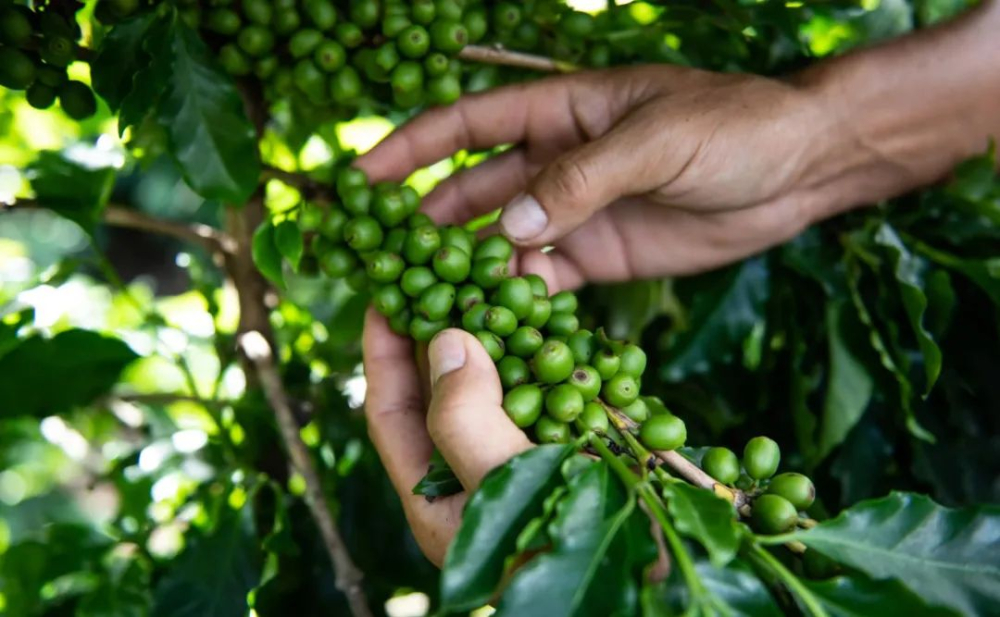
It has been more than 200 years since coffee was first introduced from Cuba to Costa Rica, and now it has become one of Costa Rica's main exports. It is worth mentioning that Costa Rican law explicitly stipulates that the cultivation of coffee varieties other than Arabica is prohibited in the country, that is, it is illegal to grow and produce robusta coffee locally, which shows the local determination to maintain the high quality of coffee.
It can be observed from the map that the territory of Costa Rica is long, and the coffee growing area is also long and narrow in the middle. There are mainly five main producing areas: the Central Valley (Central Valley), the three Rivers area (TRES R and OS), the West Valley (WEST VALLEY), the Tarazhu (TARRAZ), and BRUNCA, as well as three small producing areas: Turrialba, Orosi and Guanacaste. Among them, Tara Zhu producing area is the largest and most well-known producing area, and the Costa Rican rations beans on the front street bean list are from here.
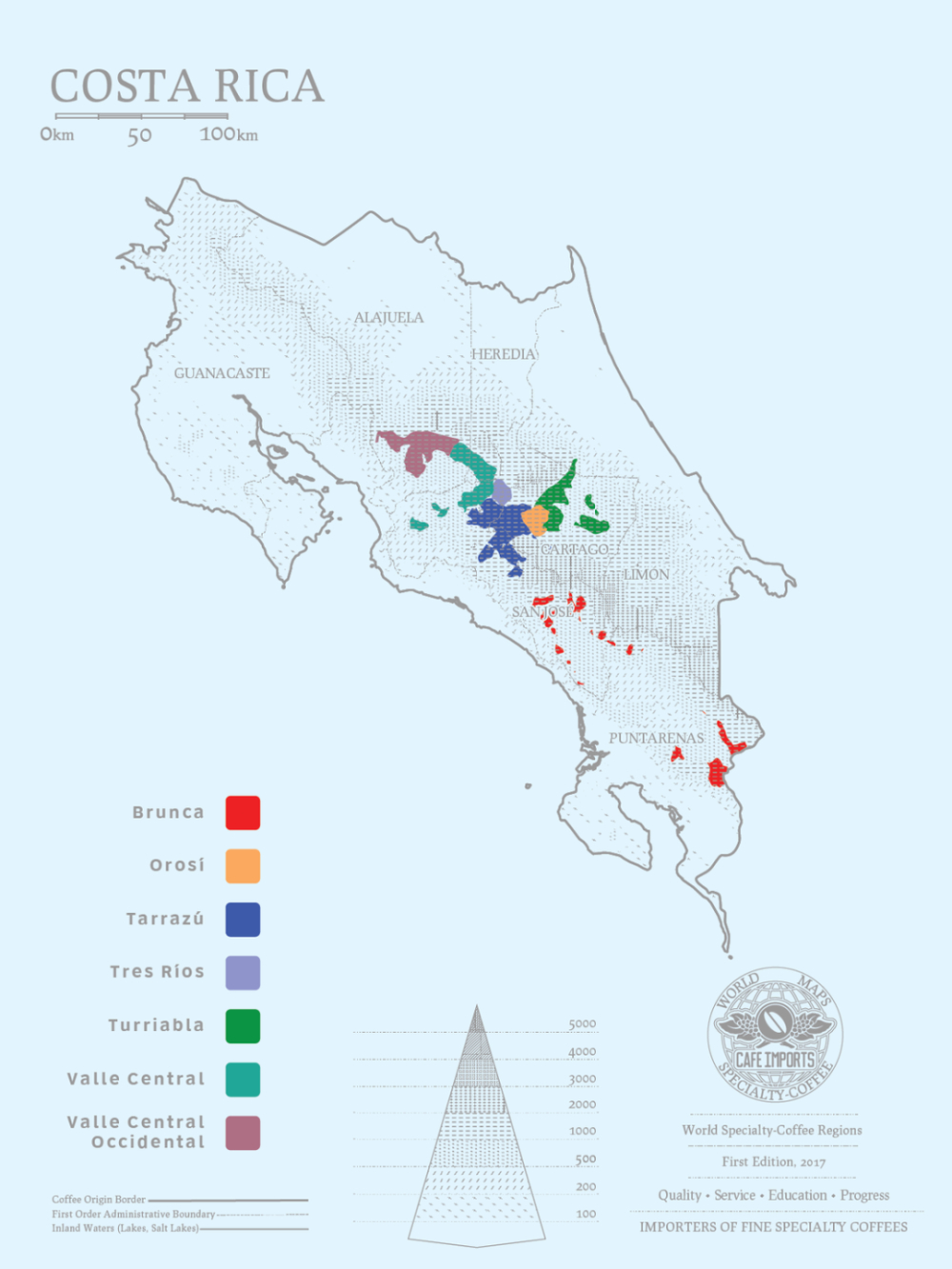
Tarasu, located in the south of the country's capital, San Jos é, is one of the most valued coffee growers there. Darazhu has 1200-1700 meters of high-altitude planting conditions, cool climate and nutritious volcanic ash soil, so that coffee with a variety of acidity and round Body. Coupled with the development of boutique coffee, we continue to make innovation and progress in processing techniques, which makes Tarazhu coffee accumulate a lot of good reputation in the coffee circle.
What kinds of coffee do you have in Costa Rica?
Like many Central and South American regions, the coffee varieties grown in Costa Rica are mainly bourbon, Kaddura and Kaduai, as well as two indigenous varieties: Vera Saatchi and Villalobos. The Costa Rican rations on the front street are a mixture of two common varieties, Kaddura and Kaduai, and are naturally washed.
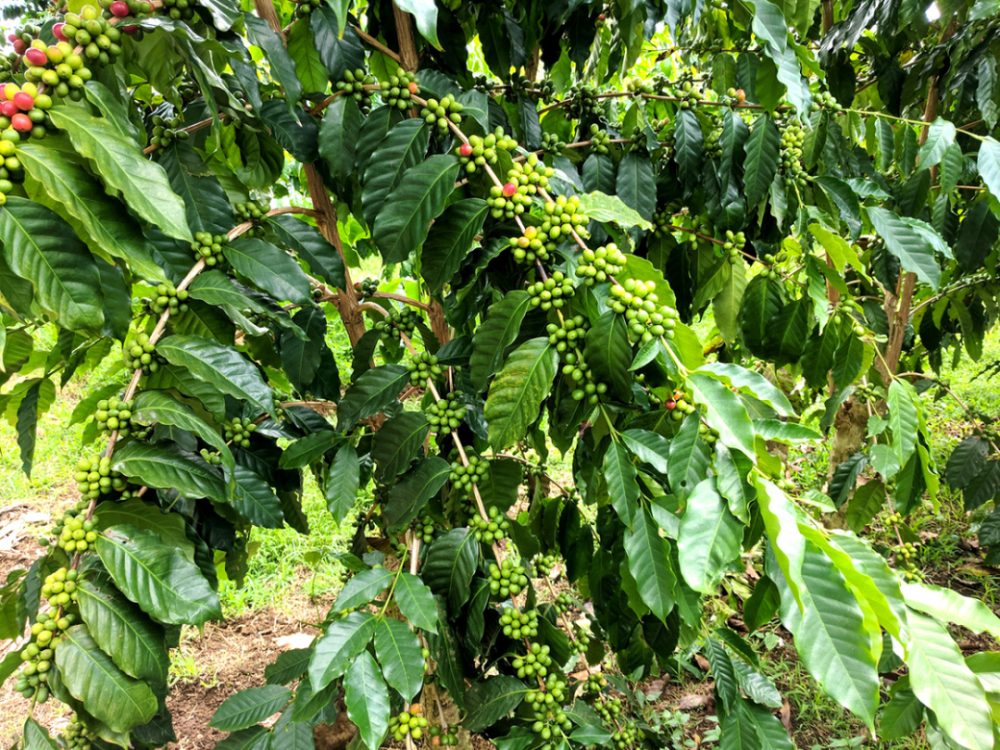
Kaddura, a natural variety of Arabica variety bourbon, was found in Brazil in 1937. The tree is smaller than bourbon because it inherits weaker resistance, but its yield is higher than bourbon. Kaddura's flavor is mainly fruity, with the acidity of berries. Kaduai is a hybrid of New World and Kaddura, also inherited Kaddura's tree-shaped low characteristics, but the resistance is high, the result is solid and not easy to fall. In terms of flavor, Kadu Ai will be more monotonous than Kaddura, with mainly nut tonality, without the rich and hierarchical sense of Kaddura. The mixture of the two varieties makes Tarazhu coffee more balanced and softer.
In Costa Rica, coffee is graded by altitude.
Generally speaking, coffee cherries have different ripening times at different elevations. Coffee beans at higher elevations are denser, harder and have more fruit flavor, so they think that the higher the altitude, the higher the quality of the coffee. Domestic imported Costa Rican coffee beans are generally selected from high-quality "extra hard beans" SHB, and the farms are planted between 1500 meters and 2100 meters above sea level.
Grade
Altitude
Strictly Hard Bean (SHB)
More than 1200 meters
Good Hard Bean (GHB)
1000-1200 meters
Medium Hard Bean (MHB)
500-900 meters
Widely used honey treatment
Half-sun peeling was invented in Brazil in the 1990s and introduced in Costa Rica in 2000 to improve every detail, becoming a popular honey treatment today.
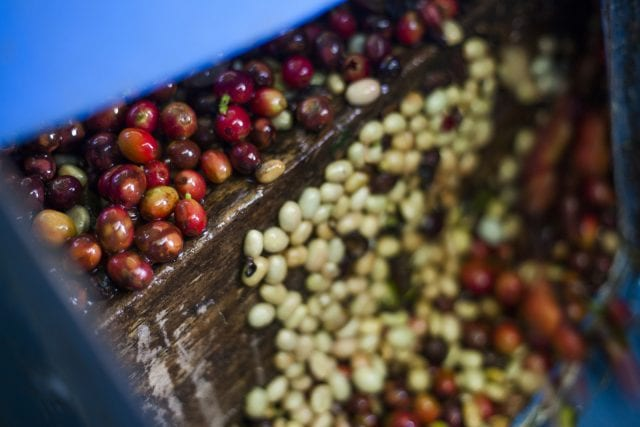
When producers use honey to process raw beans, they first pour the fresh coffee fruit into the sink through flotation to remove the undermature fruit and impurities, and then use a peeling machine to remove the outermost layer of the fruit. At this time, a large amount of water will not be used to rinse and remove pectin, but to keep the pectin to dry. Because there is sugar in pectin, the state is sticky, it is easy to remind people of honey, so it is named honey treatment. Compared with water washing, honey treatment does not need a lot of fresh water and related equipment, and reduces the defective and negative flavor caused by exposure to the sun for a long time. Moreover, honey-treated coffee is generally full of tropical fruit flavor and sweet fermentation, which is very popular with consumers on the market.
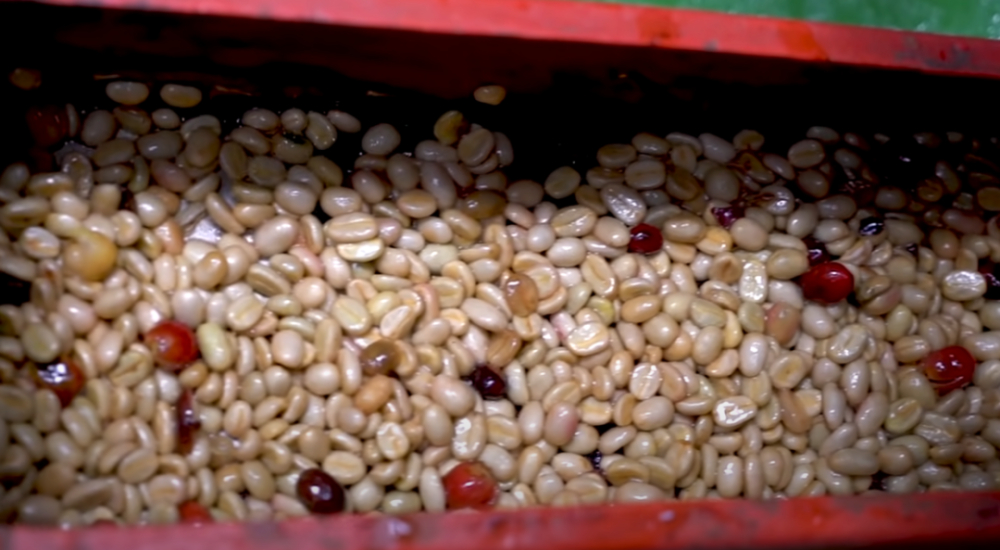
The reason why the Costa Rican rations beans launched in Qianjie did not choose honey treatment is because Qianjie believes that rations beans are a series that is convenient for everyone to learn. They know a coffee bean and the producing area characteristics of this coffee by tasting its own aroma. Although honey treatment has won a rich aroma for coffee beans, Qianjie thinks that the washed Tarazhu coffee can better show the characteristics of coffee beans here. It shows the classic flavor and tonality of Costa Rican coffee.
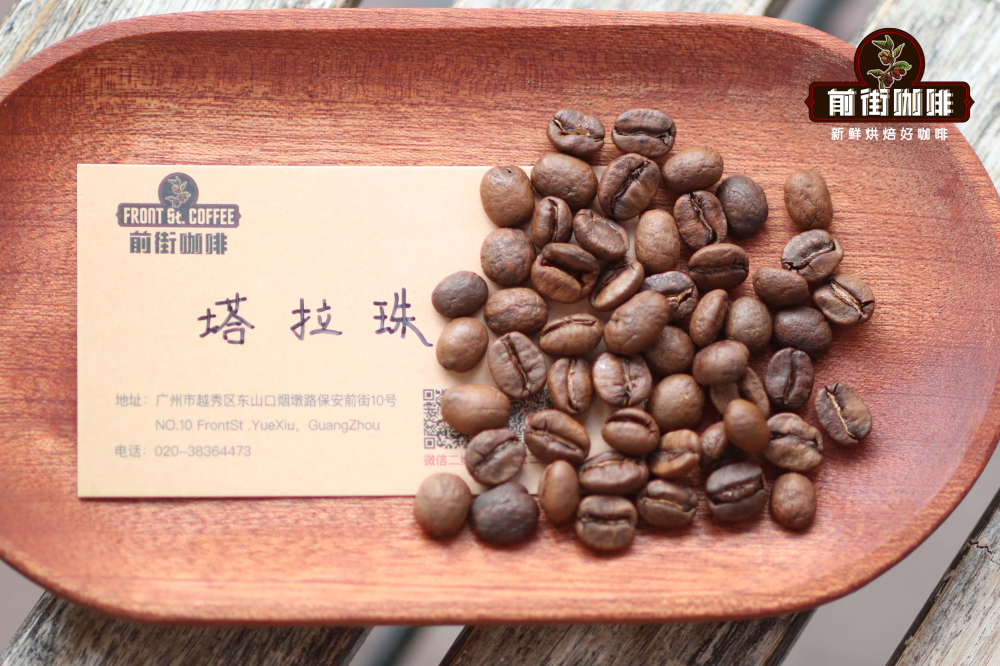
Hand punch reference
Filter cup: V60
Water temperature: 91 ℃
Amount of powder: 15g
Powder / water ratio: 1:15
Degree of grinding: 20 standard screen pass rate 80%
Coffee beans will have 4-7 days of exhaust time after roasting, and then enter a stage of optimal taste. As the storage time increases, the aroma of the coffee will accelerate volatilization, and the flavor and taste will be greatly reduced. Qianjie in order to ensure that everyone drinks the coffee flavor in the best period, will ensure that only the delivery of 5 days of fresh baked beans, fresh coffee beans are more conducive to us to extract the quality flavor of Yega Xuefei.
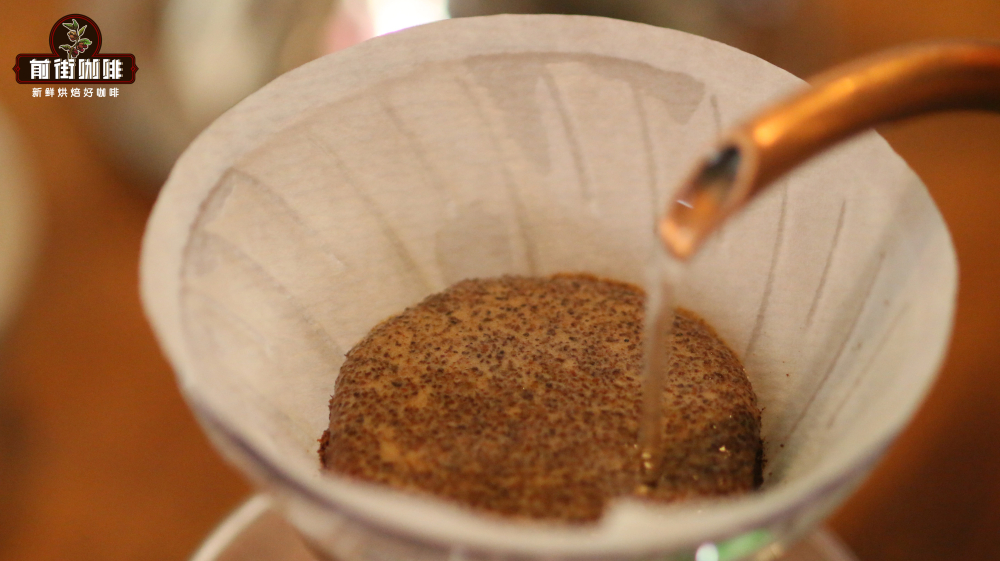
For brewing and cooking, baristas in front street are used to using three-stage water injection techniques:
In the first stage, 30 grams of water is injected for 30 seconds, followed by 95 grams (about 125 grams indicated by the electronic scale). The injection is completed in about 1 minute, and the remaining 100 grams are injected at 3 places in the powder layer (about 225 grams shown by the electronic scale) in about 1 minute and 35 seconds. 2: 10 "trickling is completed, remove the filter cup and complete the extraction.
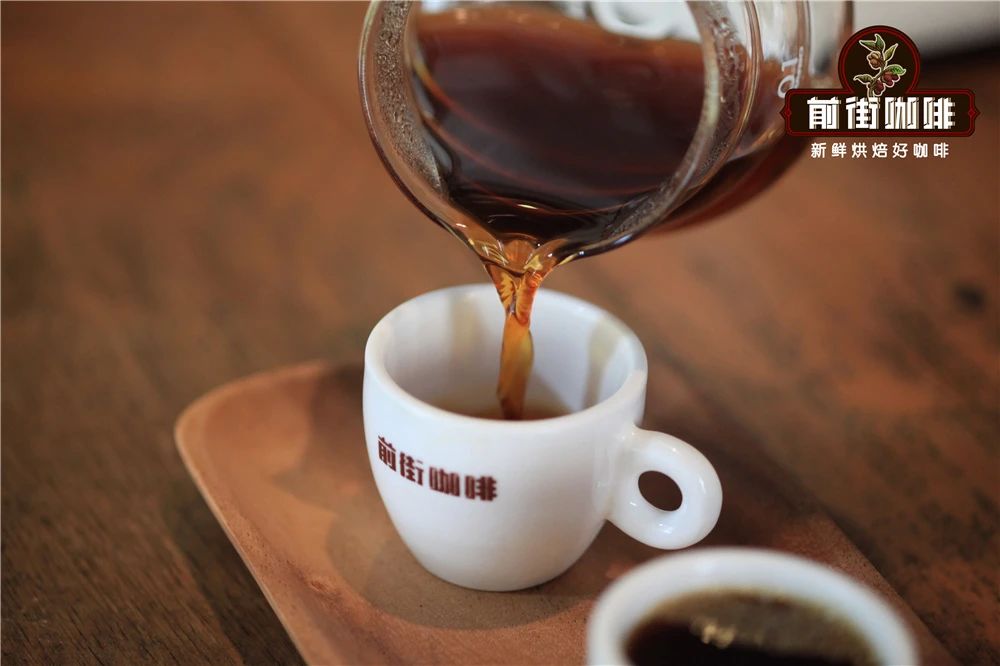
Washed Tara beads rations beans can smell the aroma of nuts and chocolate after grinding. The entrance is clear and clean berries, oranges and cantaloupes are sour and sweet, with a slightly sweet finish.
Professional coffee knowledge exchange more coffee bean information please follow the coffee workshop (Wechat official account cafe_style)
For more boutique coffee beans, please add private Qianjie coffee on Wechat. WeChat account: qjcoffeex
Important Notice :
前街咖啡 FrontStreet Coffee has moved to new addredd:
FrontStreet Coffee Address: 315,Donghua East Road,GuangZhou
Tel:020 38364473
- Prev
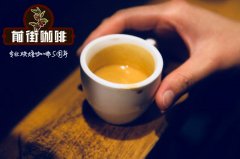
Introduction of Ta Saint Roman Manor in Costa Rica and description of coffee flavor
Costa Rican Chateau San Romain (deeply baked in water) soft orange notes, toast, caramel cocoa sweet, St. Roman Manor is located in the Tarazu producing area, coffee plant 1750-1850 meters above sea level, variety Red Catuai, the owner of the Gutierrez family has a 50-centimeter coffee planting area. The coffee beans produced at the high latitudes of Costa Rica are the highest in the world.
- Next
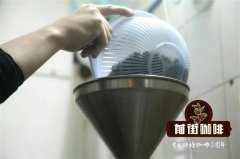
What are the main producing areas of Panamanian coffee? Introduction to Damali Manor Coffee in Panama
Professional Coffee knowledge Exchange more information on coffee beans follow Coffee Workshop (Wechat official account cafe_style) Panama has been one of the best coffee producers in the world since three years ago, which has surprised countries that have been at the vanguard of developer production for many years. Panamanian coffee is mainly produced in the west near the border with Costa Rica, producing excellent washed coffee.
Related
- Detailed explanation of Jadeite planting Land in Panamanian Jadeite Manor introduction to the grading system of Jadeite competitive bidding, Red bid, Green bid and Rose Summer
- Story of Coffee planting in Brenka region of Costa Rica Stonehenge Manor anaerobic heavy honey treatment of flavor mouth
- What's on the barrel of Blue Mountain Coffee beans?
- Can American coffee also pull flowers? How to use hot American style to pull out a good-looking pattern?
- Can you make a cold extract with coffee beans? What is the right proportion for cold-extracted coffee formula?
- Indonesian PWN Gold Mandrine Coffee Origin Features Flavor How to Chong? Mandolin coffee is American.
- A brief introduction to the flavor characteristics of Brazilian yellow bourbon coffee beans
- What is the effect of different water quality on the flavor of cold-extracted coffee? What kind of water is best for brewing coffee?
- Why do you think of Rose Summer whenever you mention Panamanian coffee?
- Introduction to the characteristics of authentic blue mountain coffee bean producing areas? What is the CIB Coffee Authority in Jamaica?

